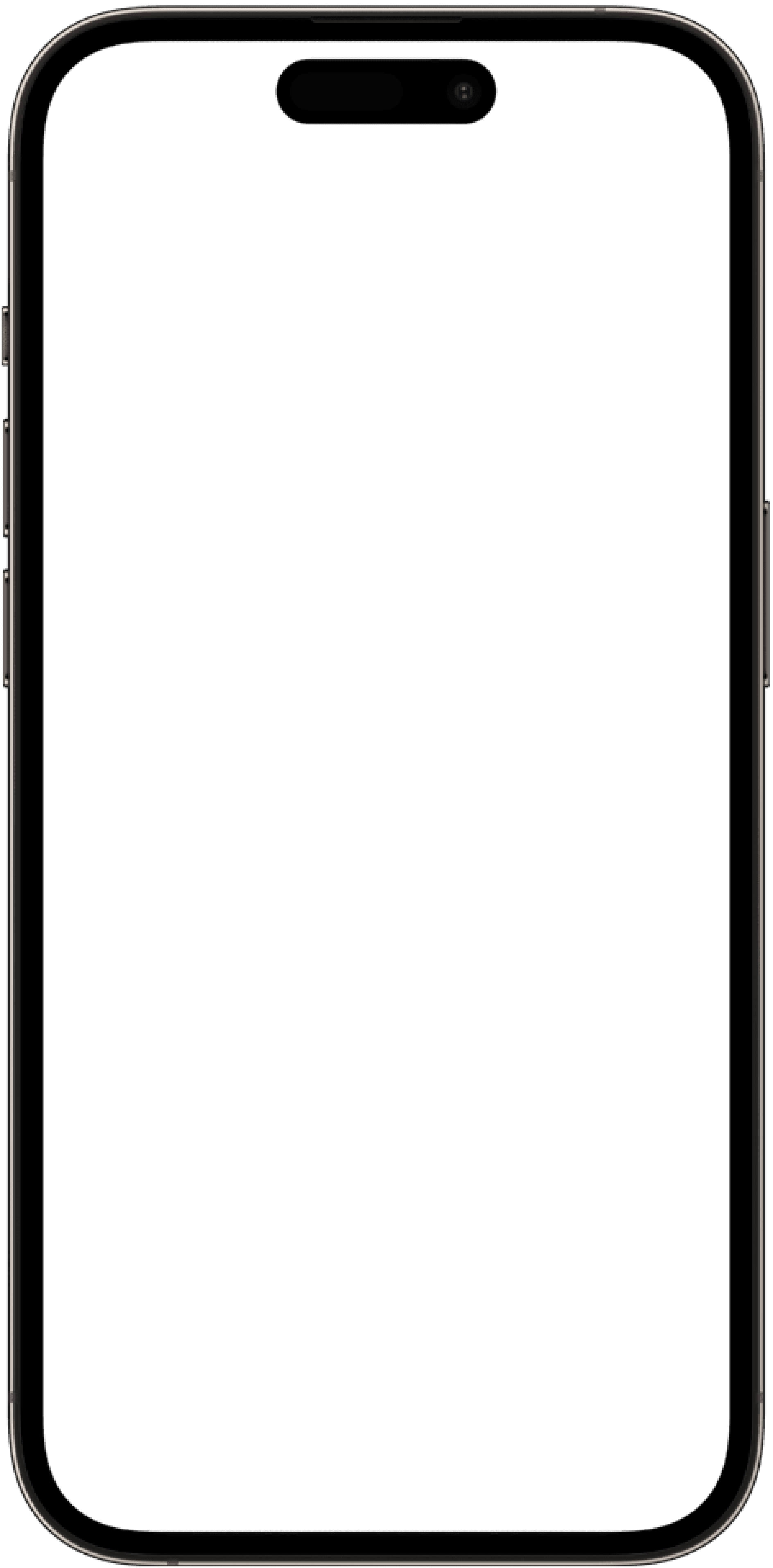

Avalonia for Mobile
Consistent, high-performance iOS and Android apps with pure .NET and XAML













































Branding freedom beyond native constraints
Branding freedom beyond native constraints
Give your designers carte blanche.
Avalonia owns every pixel with its Skia renderer, so colour palettes, spacing, and animation curves land exactly as your brand team intended, whatever the platform or device.
There’s no wrestling with platform-specific theming or patchy override APIs.
A single style can be shared on iOS, Android, desktop, and WebAssembly, letting you launch apps with a uniform visual signature and tweak it with a quick commit rather than a sprint of platform-by-platform re-skinning.
Give your designers carte blanche.
Avalonia owns every pixel with its Skia renderer, so colour palettes, spacing, and animation curves land exactly as your brand team intended, whatever the platform or device.
There’s no wrestling with platform-specific theming or patchy override APIs.
A single style can be shared on iOS, Android, desktop, and WebAssembly, letting you launch apps with a uniform visual signature and tweak it with a quick commit rather than a sprint of platform-by-platform re-skinning.






Drawn controls, just like Flutter
Drawn controls, just like Flutter
Flutter shows that a fully drawn UI can feel native while outpacing it. Avalonia brings the same model to .NET.
Startup latency tumbles, scrolling stays fast, and bespoke visuals become trivial instead of torturous.
Because we tap the device GPU directly, you get buttery interactions on a mid-range Android device as readily as on an iPhone Pro, and you write it all in C# and XAML.
Reuse your MAUI components
Reuse your MAUI components
You don’t lose the MAUI ecosystem; you inherit it.
Drop any MAUI-compatible package into an Avalonia view and it behaves as if it were born there.
This bridges the gap between an established mobile-focused third-party ecosystem and the performance advantages of drawn controls, so you sidestep the blank-slate problem and keep shipping speed on your side.
You don’t lose the MAUI ecosystem; you inherit it.
Drop any MAUI-compatible package into an Avalonia view and it behaves as if it were born there.
This bridges the gap between an established mobile-focused third-party ecosystem and the performance advantages of drawn controls, so you sidestep the blank-slate problem and keep shipping speed on your side.



Familiar tooling, zero learning curve
Familiar tooling, zero learning curve
Open the project in Visual Studio, Rider, or VS Code, hit run, and debug on a simulator or device. Live XAML preview reload updates in milliseconds, live visual tree inspection shows exactly what the user sees, and breakpoints pierce async awaits without issues.
You stay inside the tooling muscle memory you already have, yet target every major platforms from one solution.
No new language, no opaque build chain, just .NET done right.
Open the project in Visual Studio, Rider, or VS Code, hit run, and debug on a simulator or device. Live XAML preview reload updates in milliseconds, live visual tree inspection shows exactly what the user sees, and breakpoints pierce async awaits without issues.
You stay inside the tooling muscle memory you already have, yet target every major platforms from one solution.
No new language, no opaque build chain, just .NET done right.
Minimal Abstraction, Maximum Stability
Minimal Abstraction, Maximum Stability
Avalonia does not sit on top of the native UI toolkits, it replaces them.
By drawing every pixel ourselves we avoid the patchwork of shims that traditional wrappers need to hide platform quirks.
The result is fewer edge-case bugs, predictable behaviour across every device, and a codebase that evolves on your schedule, not the operating system’s.
Upgrade a NuGet package, keep shipping, and leave the inconsistent APIs to someone else’s backlog.
Avalonia does not sit on top of the native UI toolkits, it replaces them.
By drawing every pixel ourselves we avoid the patchwork of shims that traditional wrappers need to hide platform quirks.
The result is fewer edge-case bugs, predictable behaviour across every device, and a codebase that evolves on your schedule, not the operating system’s.
Upgrade a NuGet package, keep shipping, and leave the inconsistent APIs to someone else’s backlog.



Relentless drive for performance
Relentless drive for performance
Our proof-of-concept boots the same Android app over 3x faster than the stock .NET build, shredding the startup lag that frustrates users.
We're watching Microsoft. If they stall, we will ship this for every Avalonia app to gain the same triple-speed improvement.
Our proof-of-concept boots the same Android app over 3x faster than the stock .NET build, shredding the startup lag that frustrates users.
We're watching Microsoft. If they stall, we will ship this for every Avalonia app to gain the same triple-speed improvement.